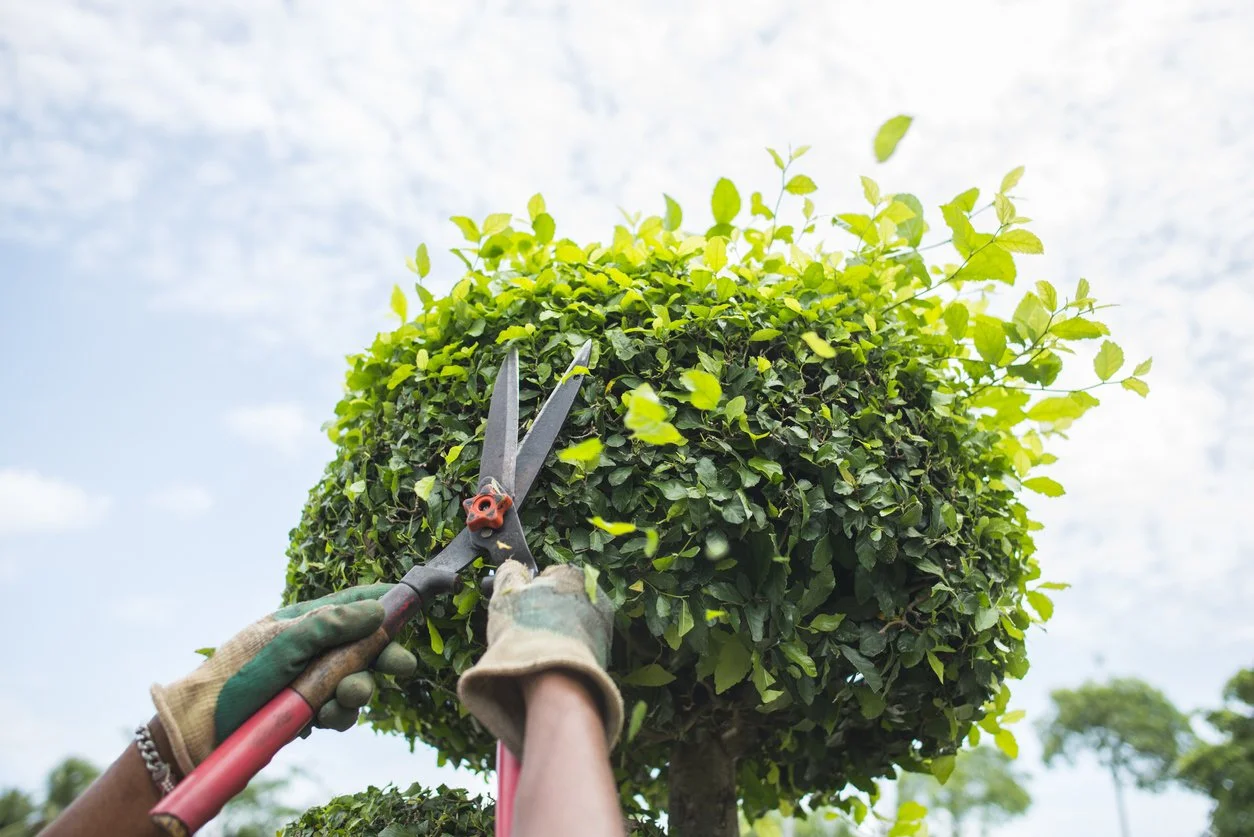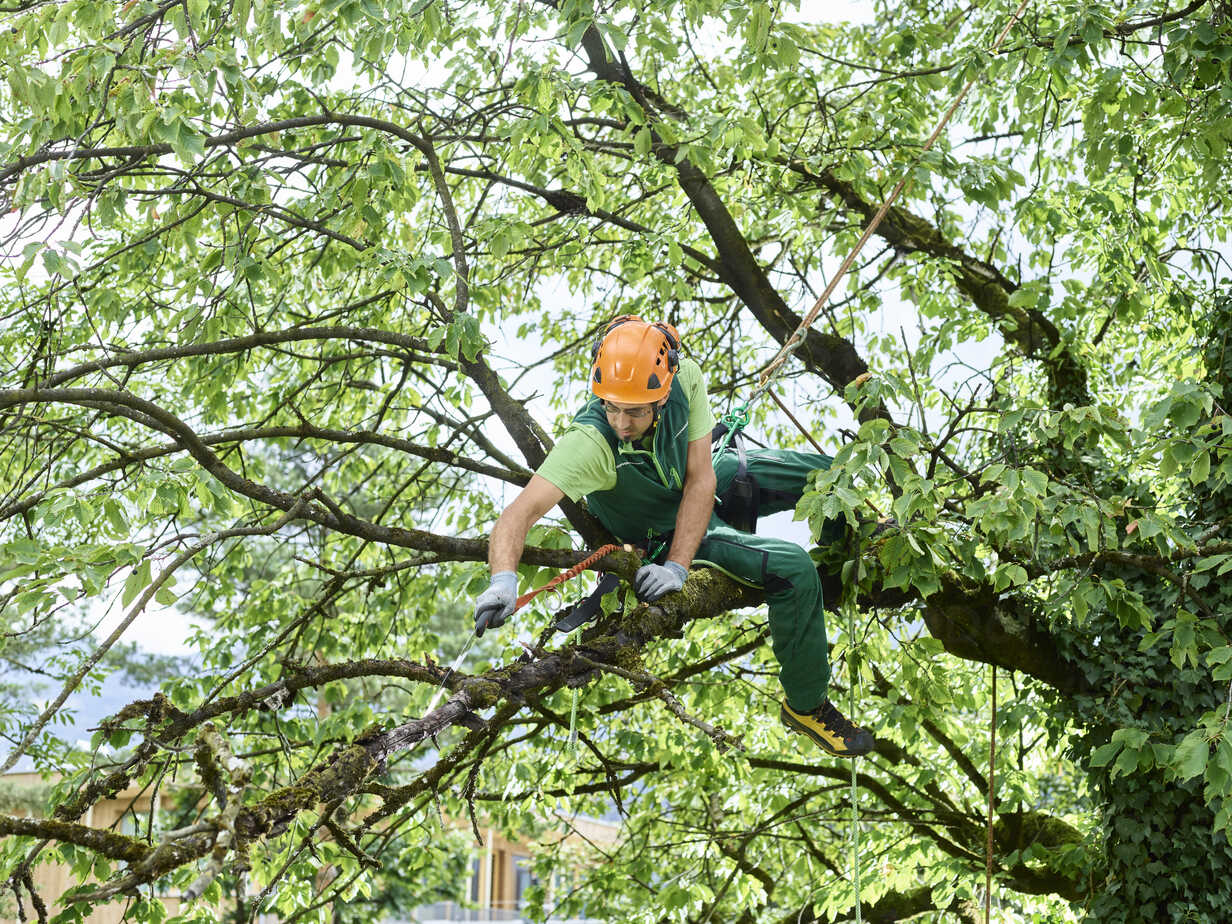Great or little passion for gardening, no one relishes the time when it comes to dealing with the falling mess of leaves. But, an opportunity to inspect a tree canopy or cut a branch is often appreciated as a mere technique to boost the beauty and longevity of trees.
Make The Right Decision

Consider why you want to prune. Are you attempting to design a tree to provide shade or height? Has the tree recently been pruned? Before you begin, think about what you want to accomplish and define your goals.
Your motives for pruning will also impact when you prune. Light pruning or dead wood removal may be done at any time, but if you have greater goals, you should organize your pruning around the seasons.
Pruning in the winter, for example, will result in an explosion of growth in the spring. Summer pruning can delay the development of the cut branch, so it’s an excellent technique if you’re seeking to shape your tree or reduce the growth of unwanted branches.
Make A Proper Assessment

Spend a few minutes (or hours if you want to) examining the size and shape of the tree and picturing how it should appear when you’re completed. Identify the key branches that make up the tree’s “skeleton – avoid removing these branches.
Take The Following Steps Carefully

First Step:
Remove any branches that show symptoms of deterioration. Broken branches, whether damaged by a storm or another event, should be clipped so that the water and nutrients they’re currently sucking from the tree are reallocated to healthy branches.
Second Step:
Thin out branches in densely populated places. Remove any crossing branches, then open the plant so that air can flow and light can reach all sections of the plant. Trees require enough air circulation through and around their branches in order to thrive. Closely spaced branches promote fungal development and attract more insects.
Remove branches that are developing inward, toward the tree’s heart. These contribute to clutter and are unhealthy.
Third Step:
Remove any branches that are an impediment. Whether it’s low branches that are impeding your sidewalk or larger branches that are threatening your telephone cables, chafing your roof, or overhanging your house. It is OK to cut branches that are causing inconvenience.
Fourth Step:
Pruning branches will aid in shaping the tree. If you want your tree to look more rounded or tidy, clip a few branches that appear to poke out at unusual angles; a few cuts will make a significant impact.
Fifth Step:
Pruning should be done as little as feasible. Every cut you make weakens the tree’s defense mechanism and exposes it to fungal and insect infestation. Only prune when absolutely necessary, and never remove more than 25% of a tree’s branches.
Most deciduous trees require at least two-thirds of their branches to be alive, however this varies by species. Be mindful that the trunk alone will not assure the tree’s survival. Taking off all of the branches is quite stressful for the plant.
Pruning should be done just once each season. You shouldn’t trim the tree more than once unless a storm breaks more branches, because the tree requires time to recuperate.
Additional Tips:
- Pruning in the late fall or early winter is less stressful on the tree because it reduces sap loss. Pruning at this time of year is also beneficial for the tree because the “wound” you produce is less likely to become infected by insects or fungus, both of which are active in the late fall and early winter.
- Although disinfecting your pruning equipment is usually not essential if you avoid cutting into cankers and plainly sick areas of trees, it is definitely advisable to be cautious and disinfect your pruning tools with rubbing alcohol (or any home cleanser) after each cut of a diseased tree. After trimming a healthy tree, you should also dip or wipe the blades with a disinfectant-impregnated towel before moving on to the next tree or bush. Diseases can spread through contaminated pruning equipment and instruments.





